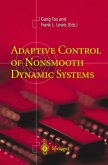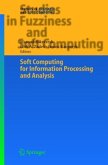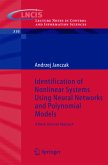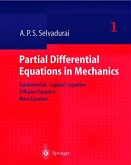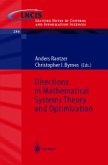This monograph demonstrates how the performance of various well-known adaptive controllers can be improved significantly using the dual effect. The modifications to incorporate dual control are realized separately and independently of the main adaptive controller without complicating the algorithms. A new bicriterial approach for dual control is developed and applied to various types of popular linear and nonlinear adaptive controllers. Practical applications of the designed controllers to several real-time problems are presented. This monograph is the first book providing a complete exposition on the dual control problem from the inception in the early 1960s to the present state of the art aiming at students and researchers in adaptive control as well as design engineers in industry.
From the reviews:
"The principal aim of this book is to show how to improve the performance of various well-known adaptive controllers using dual adaptive controllers. ... The authors suggest that their book is directed toward practicing design engineers as well as both undergraduate and graduate students of adaptive real-time control." (William J. Satzer jun., Zentralblatt MATH, Vol. 1061 (12), 2005)
"The principal aim of this book is to show how to improve the performance of various well-known adaptive controllers using dual adaptive controllers. ... The authors suggest that their book is directed toward practicing design engineers as well as both undergraduate and graduate students of adaptive real-time control." (William J. Satzer jun., Zentralblatt MATH, Vol. 1061 (12), 2005)


